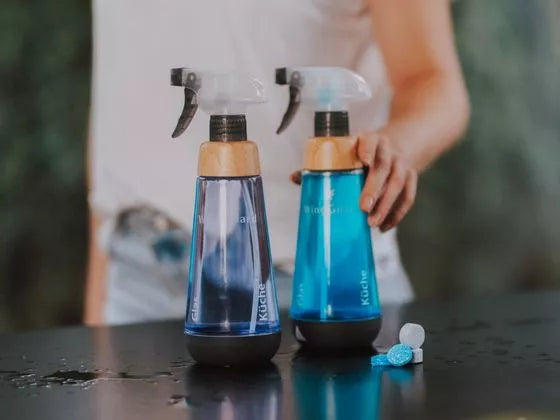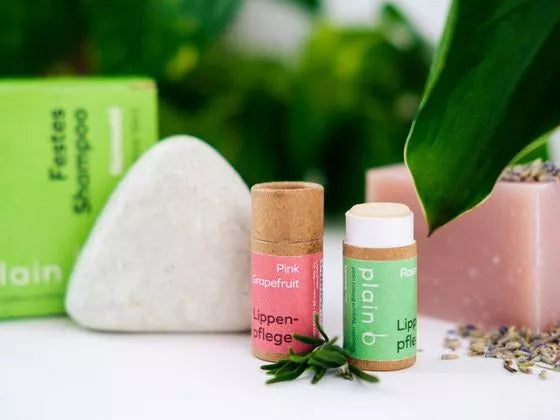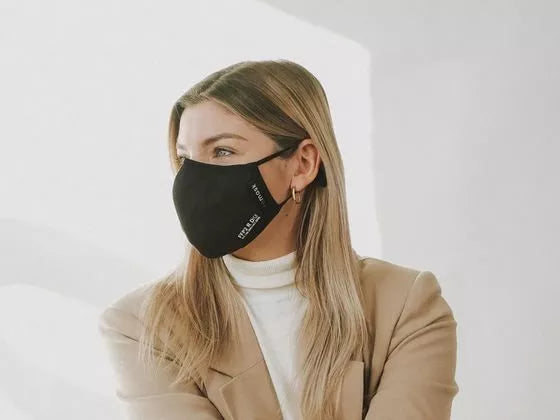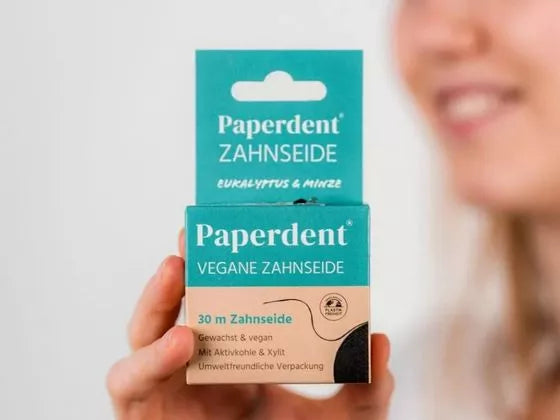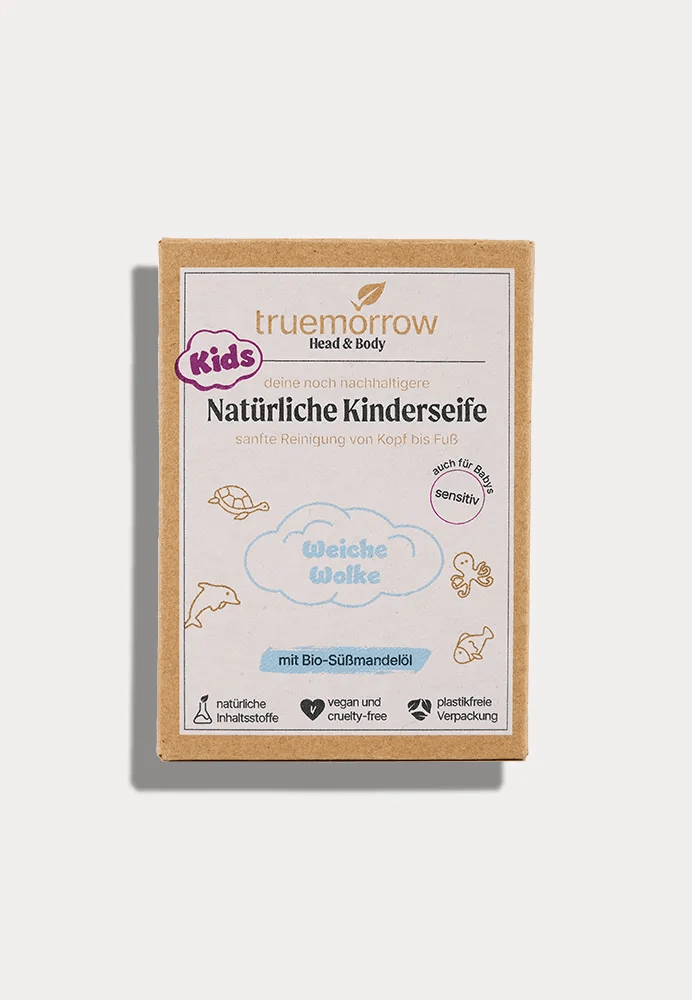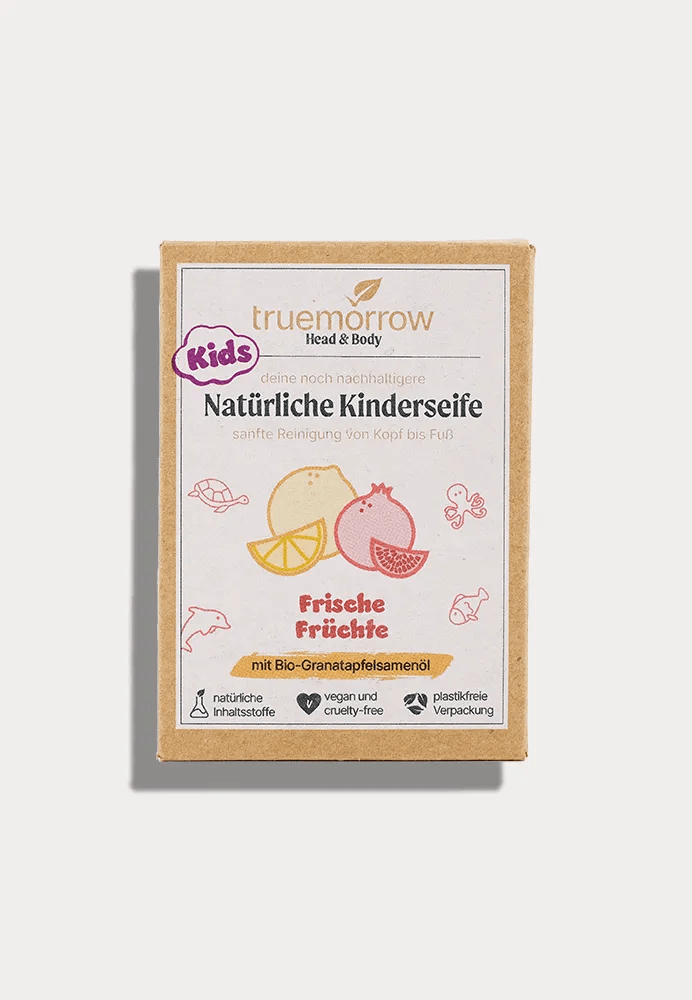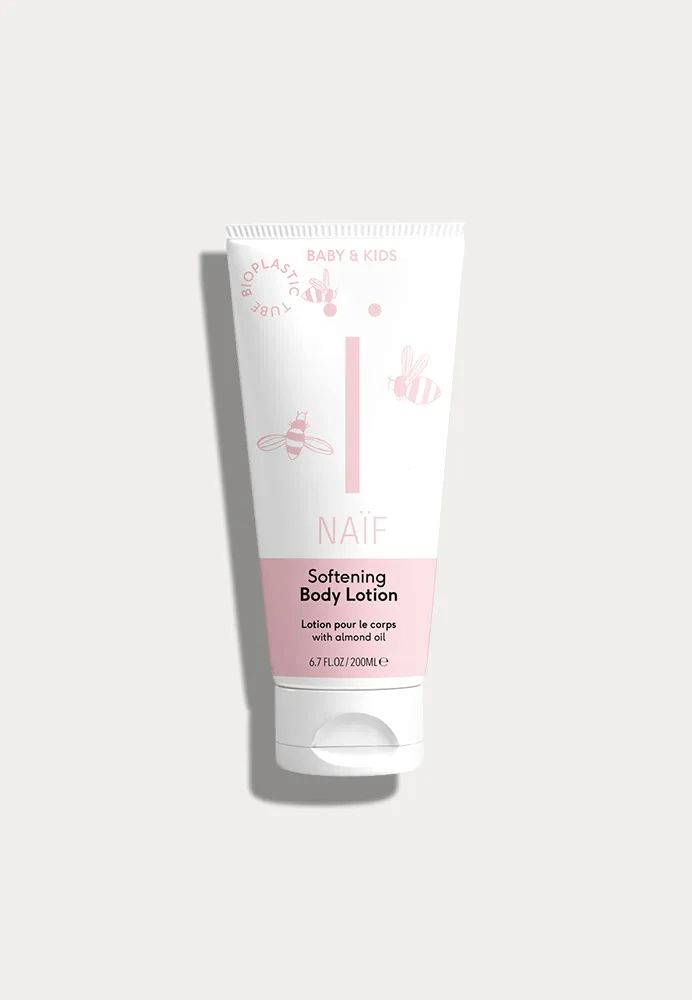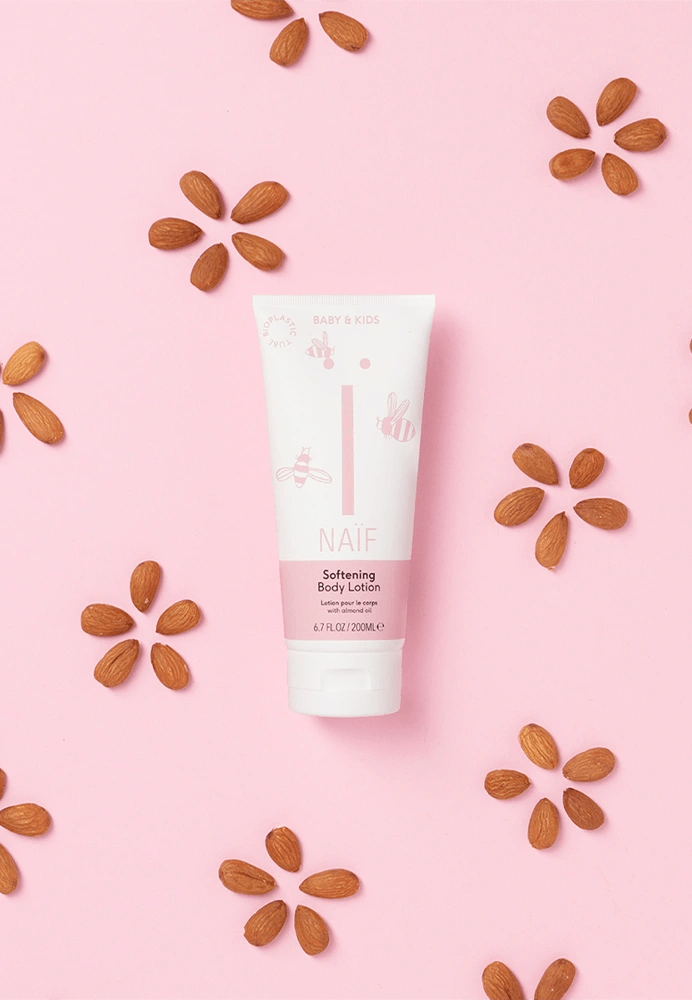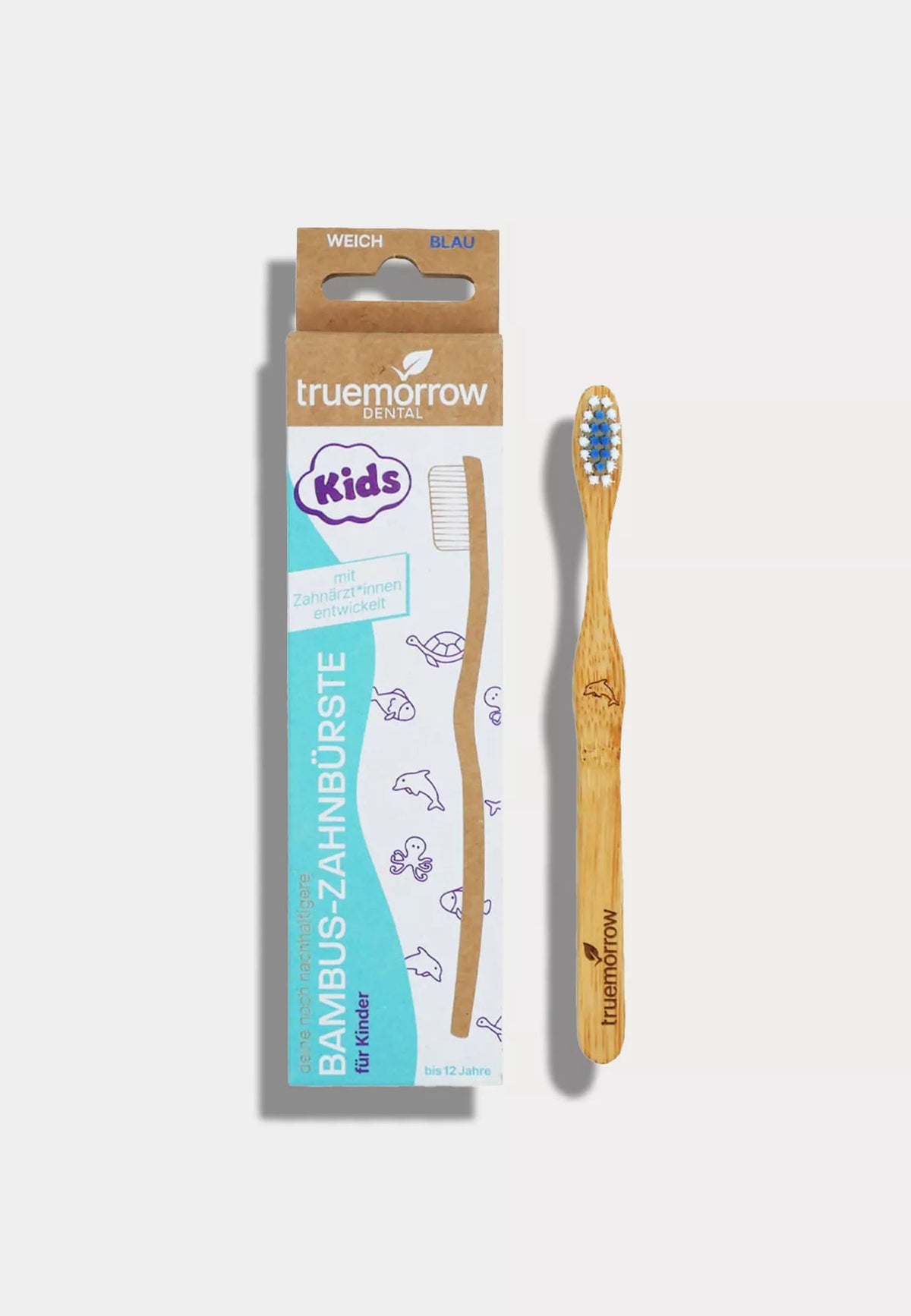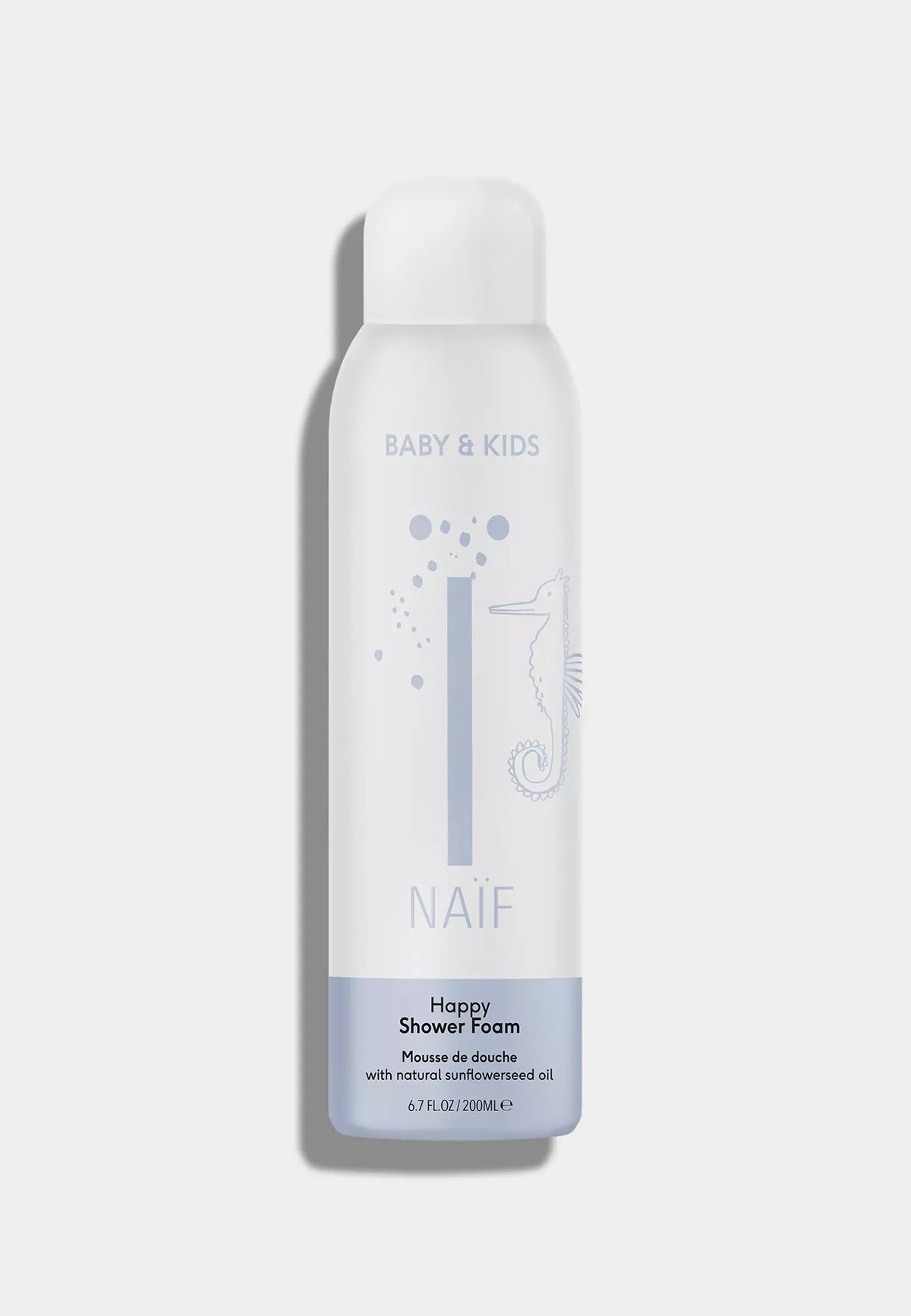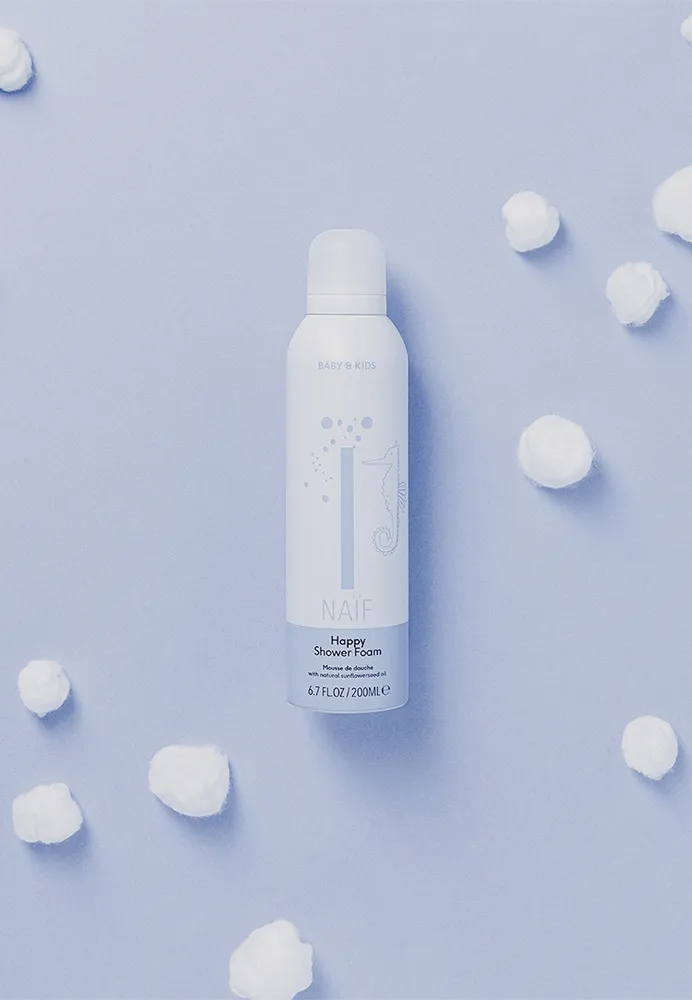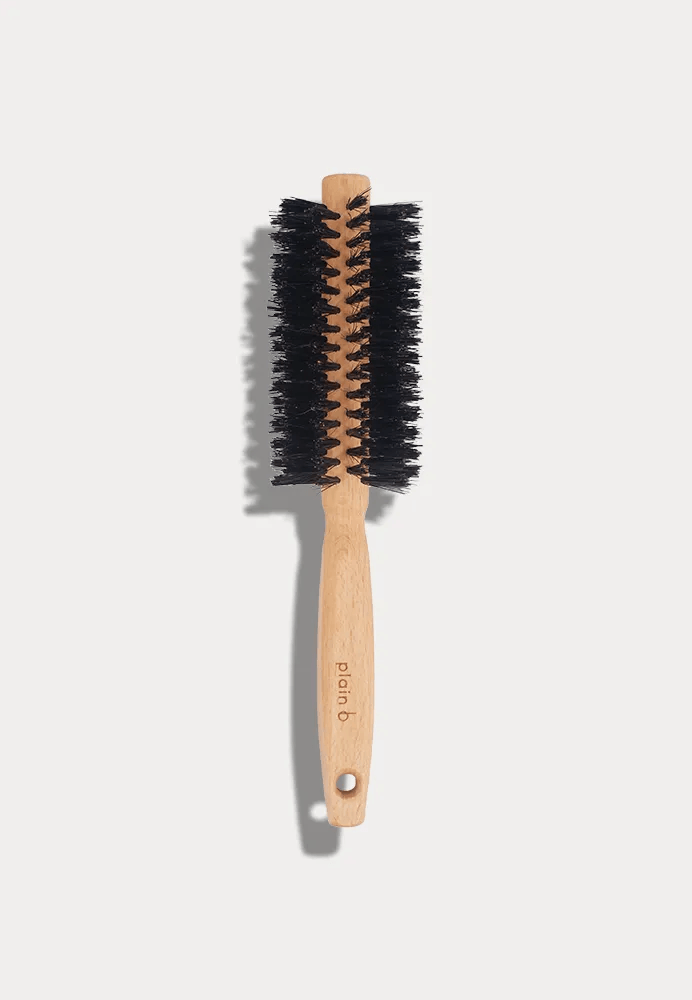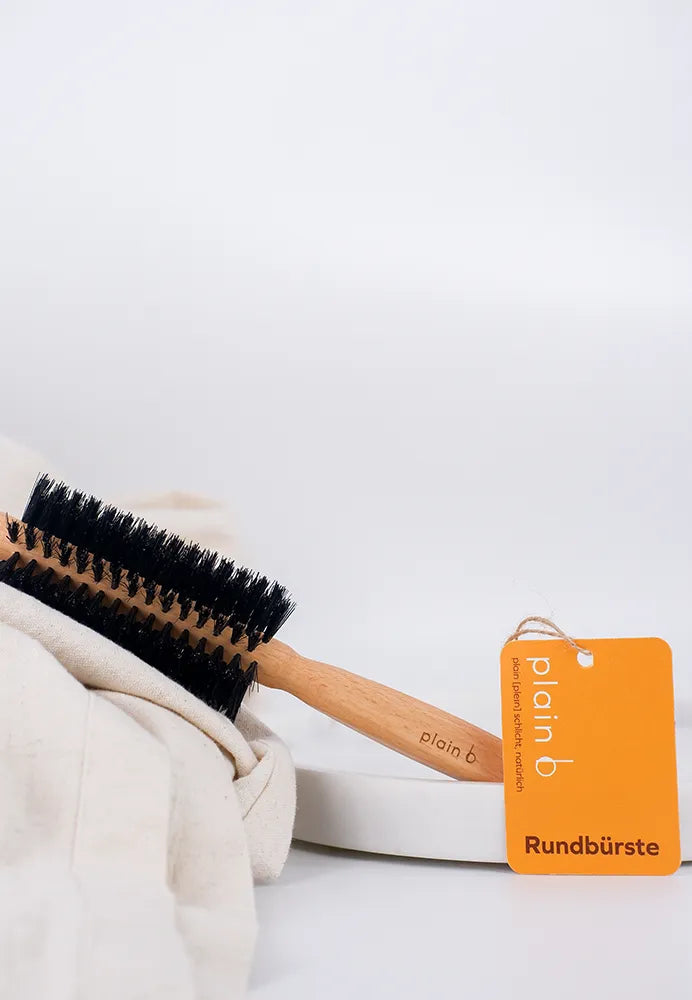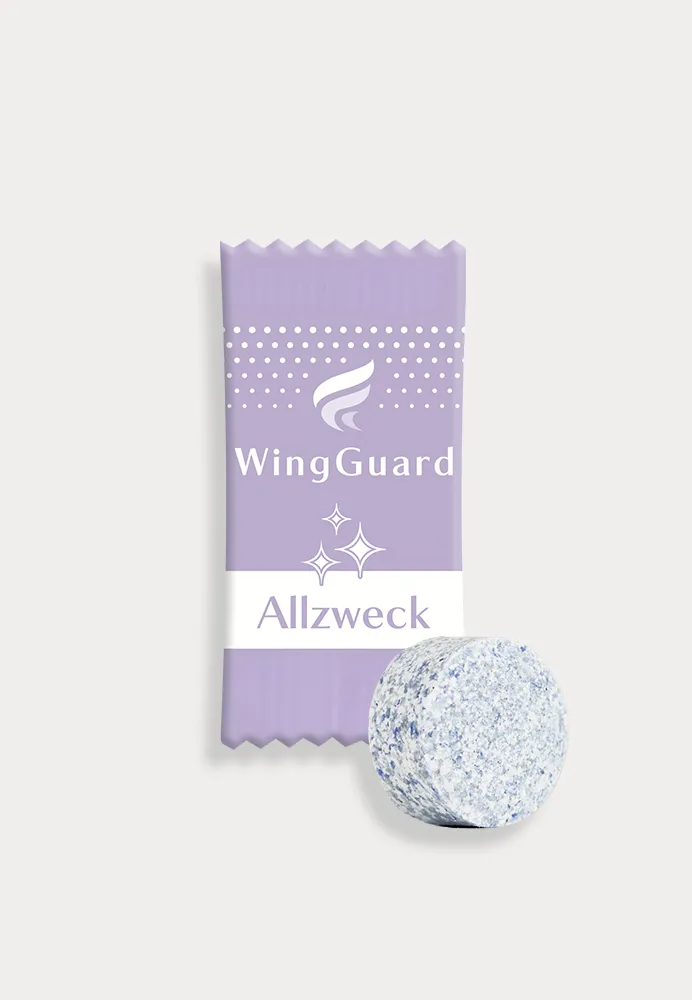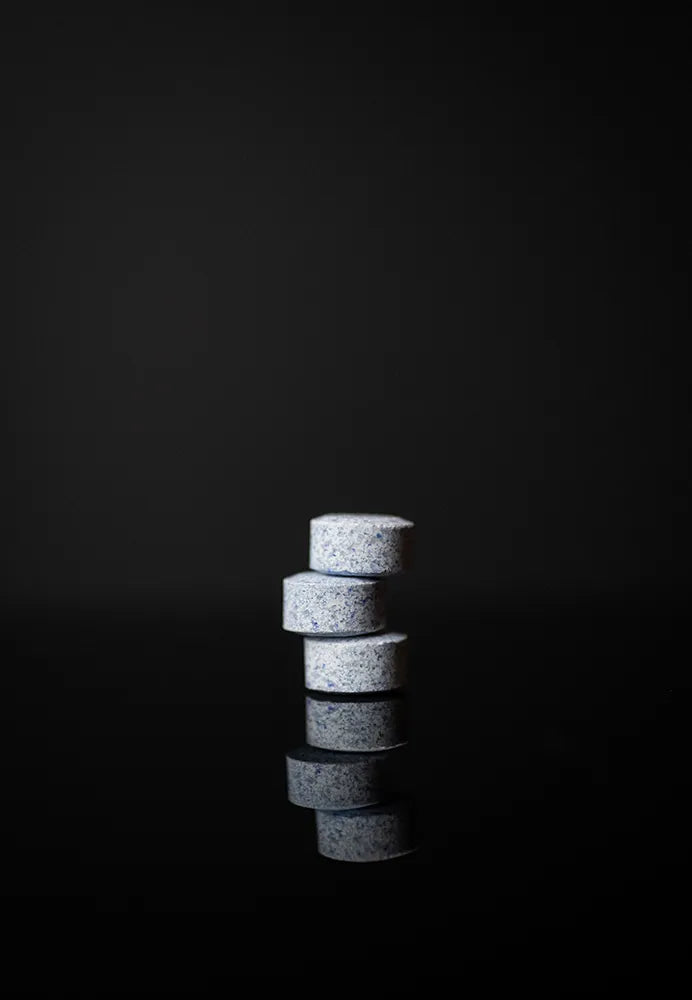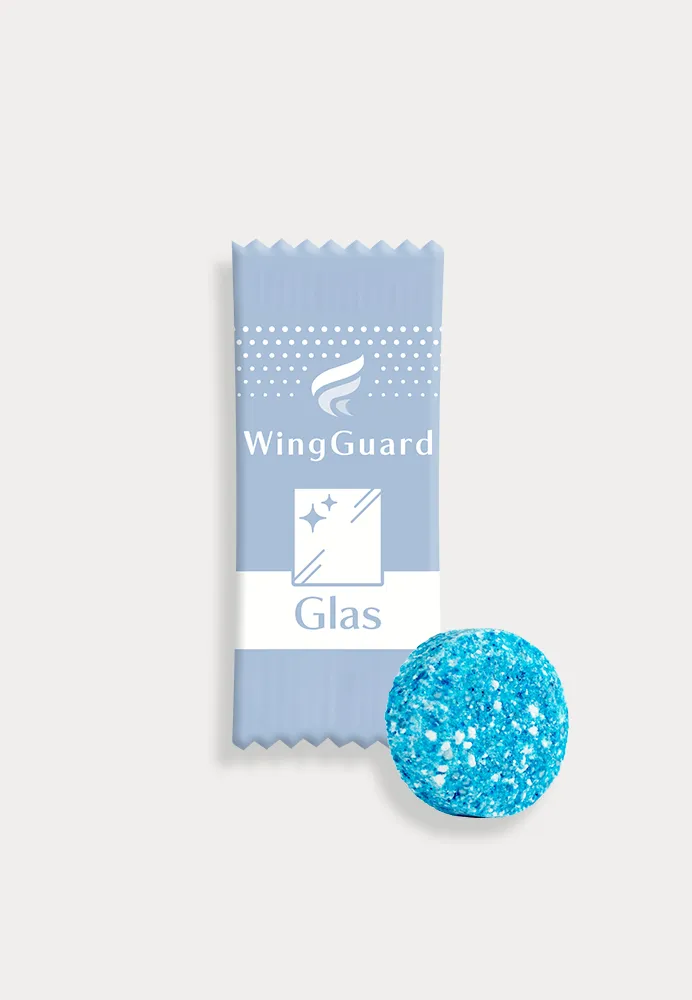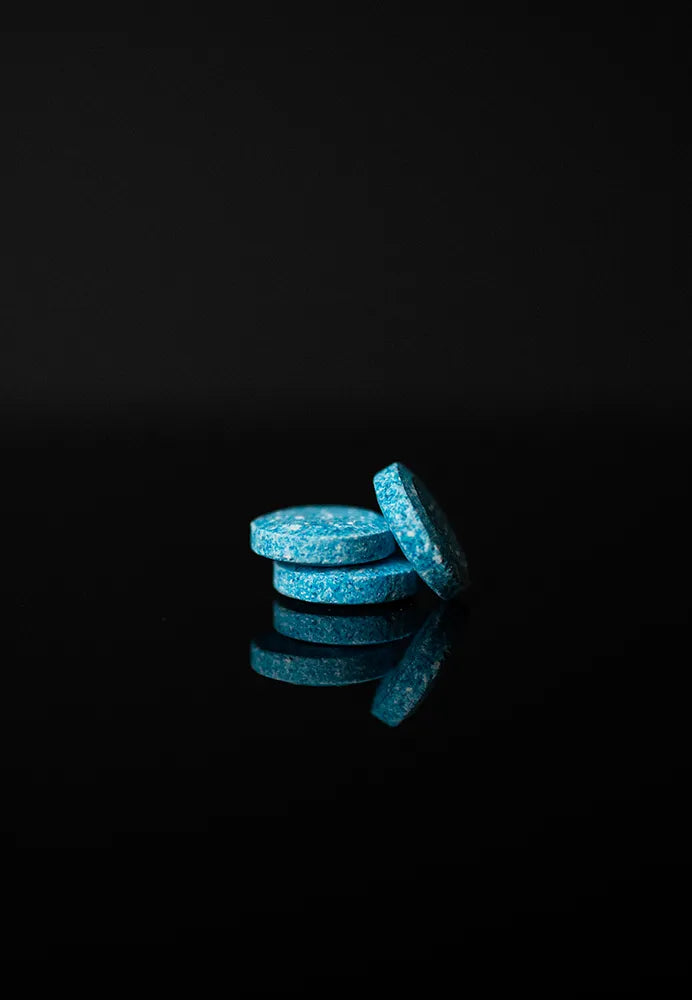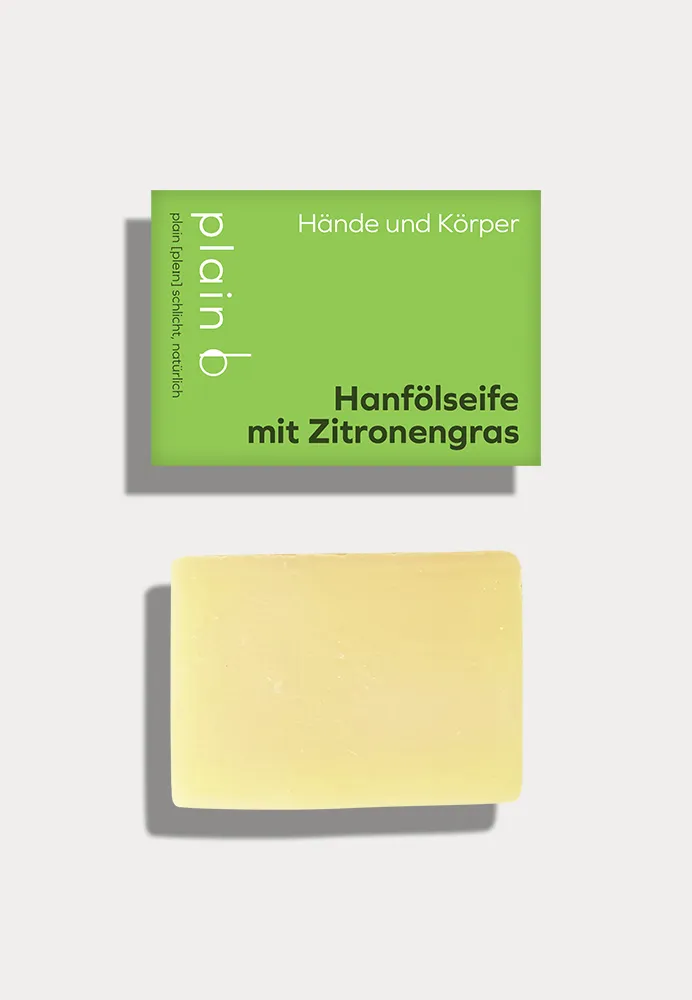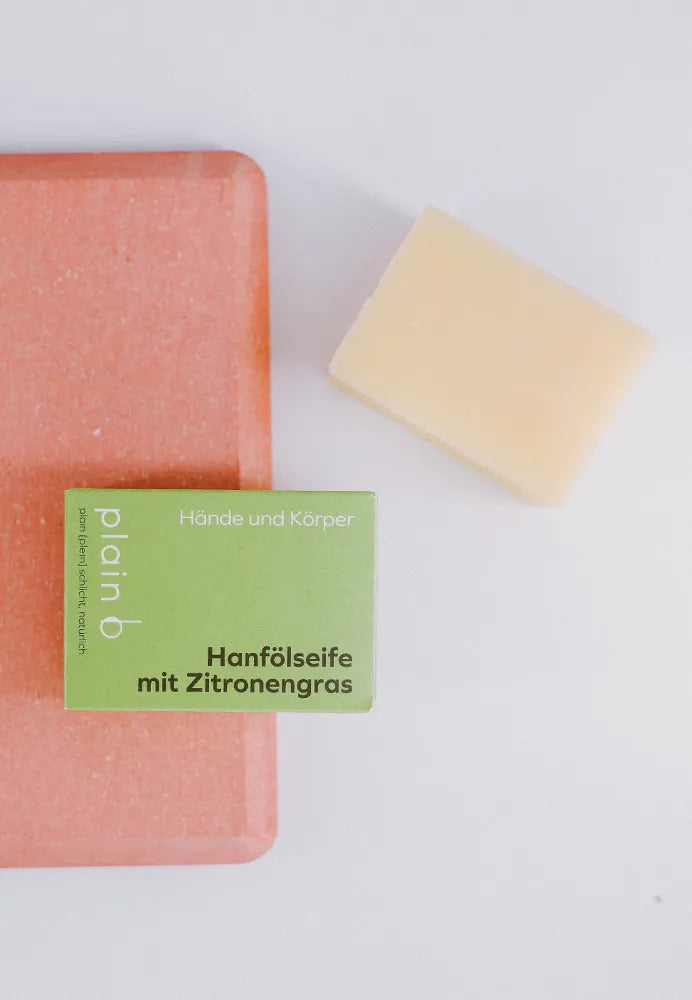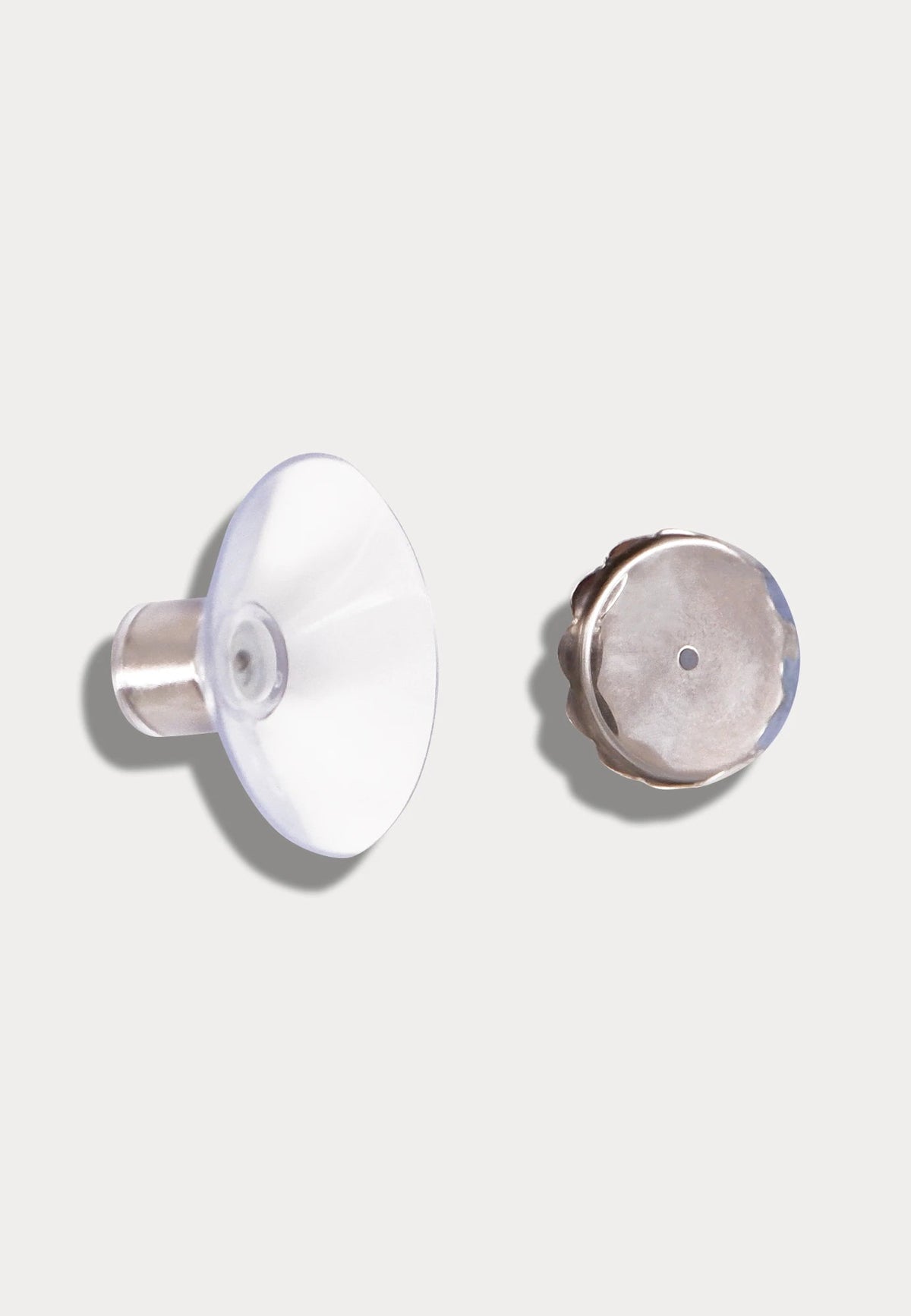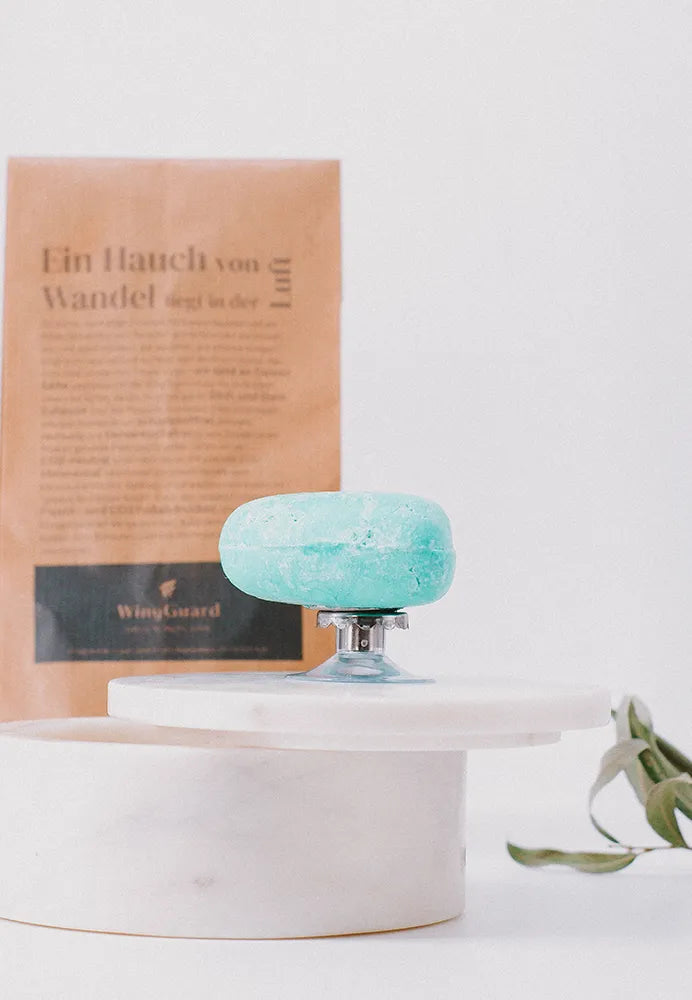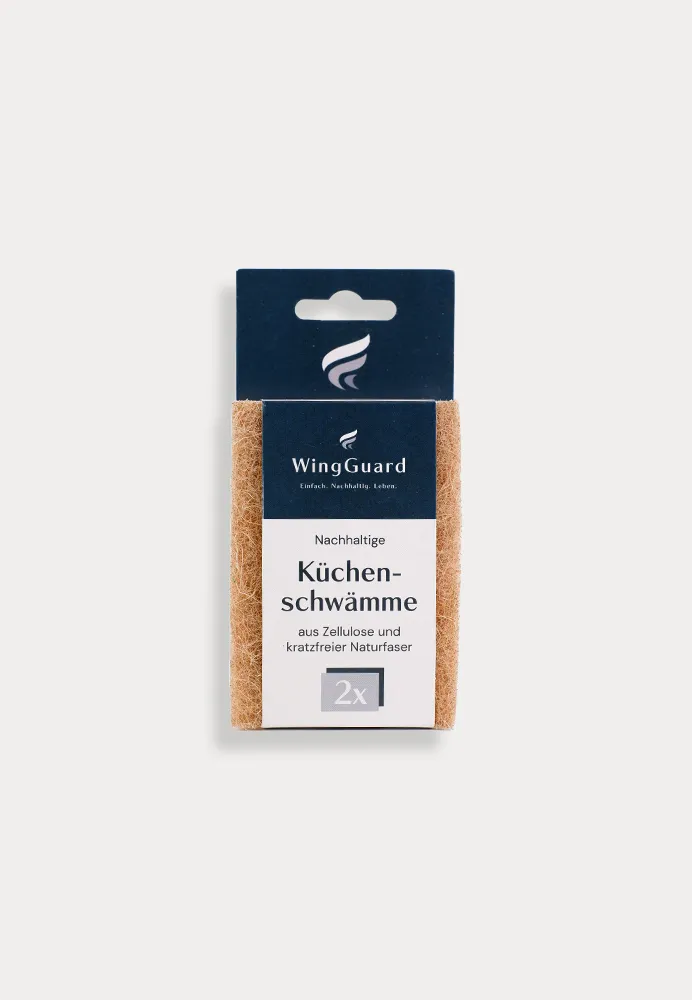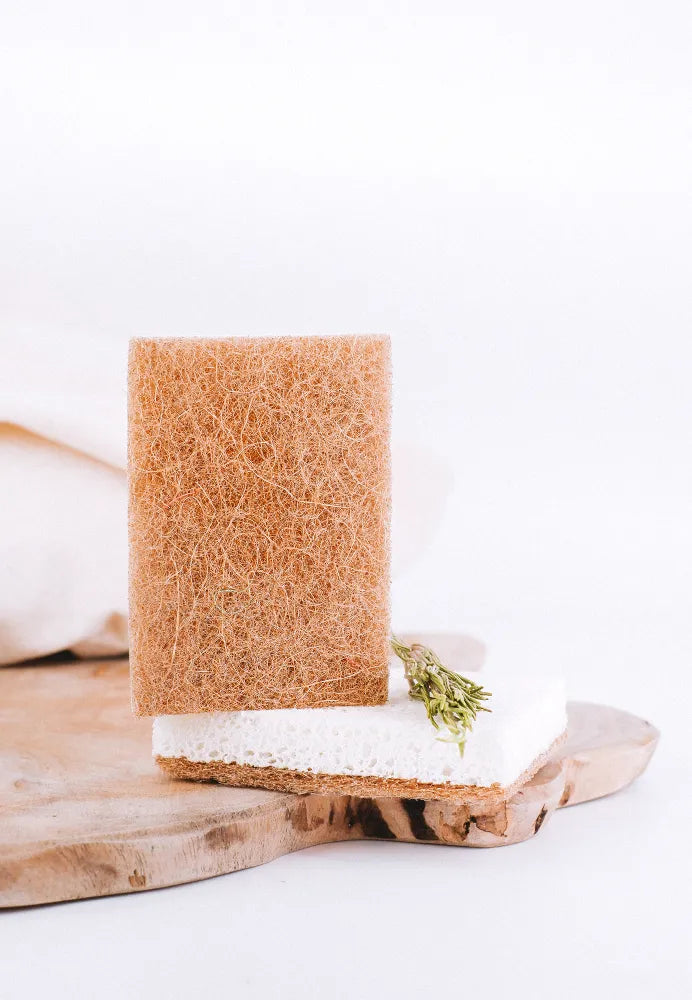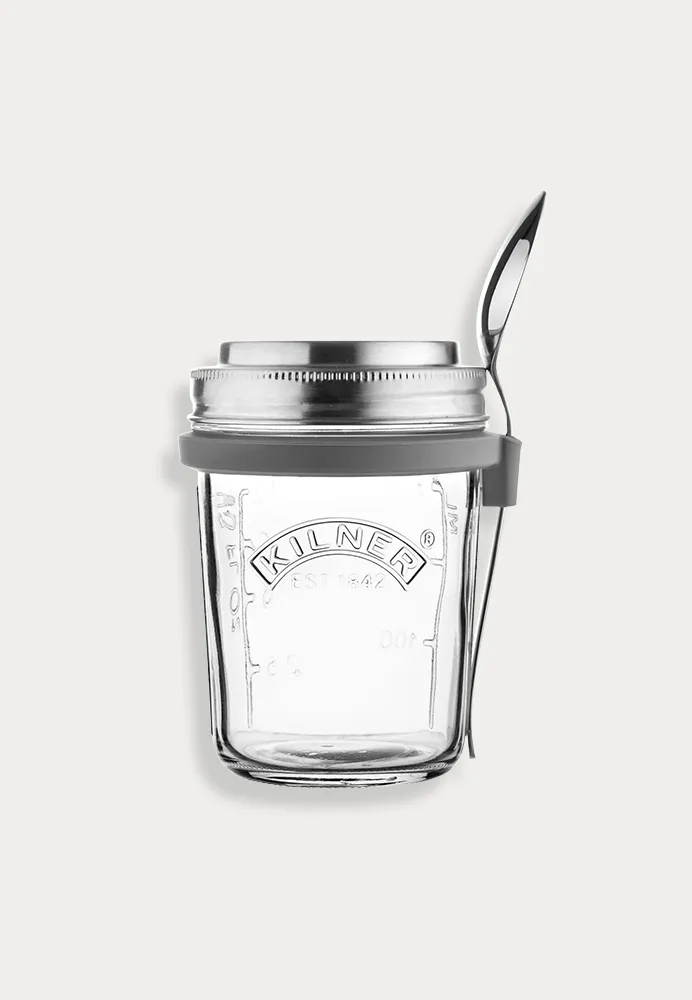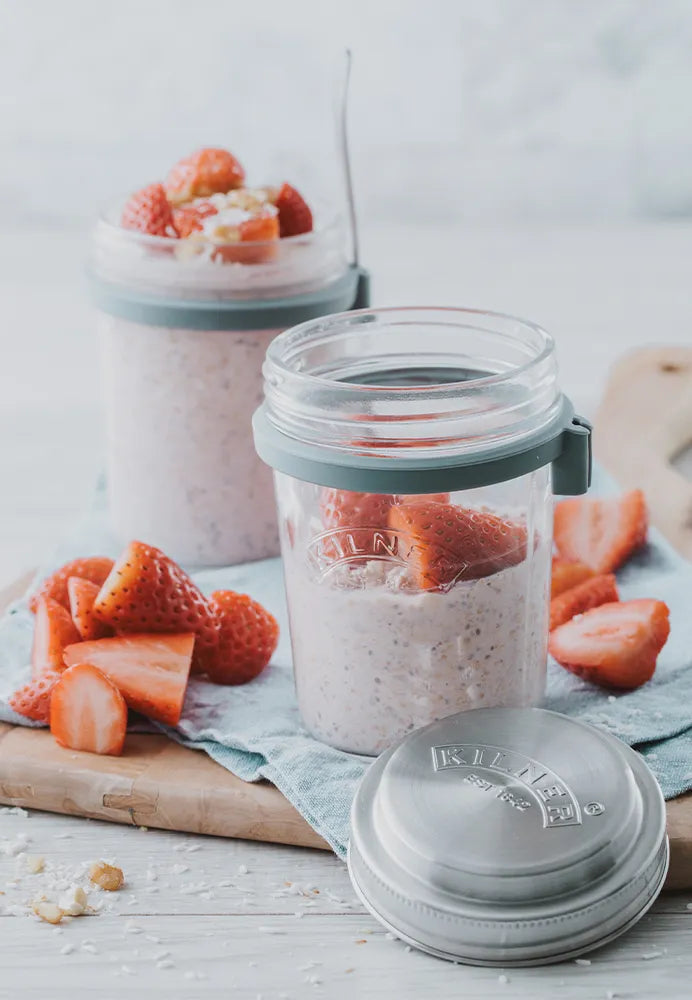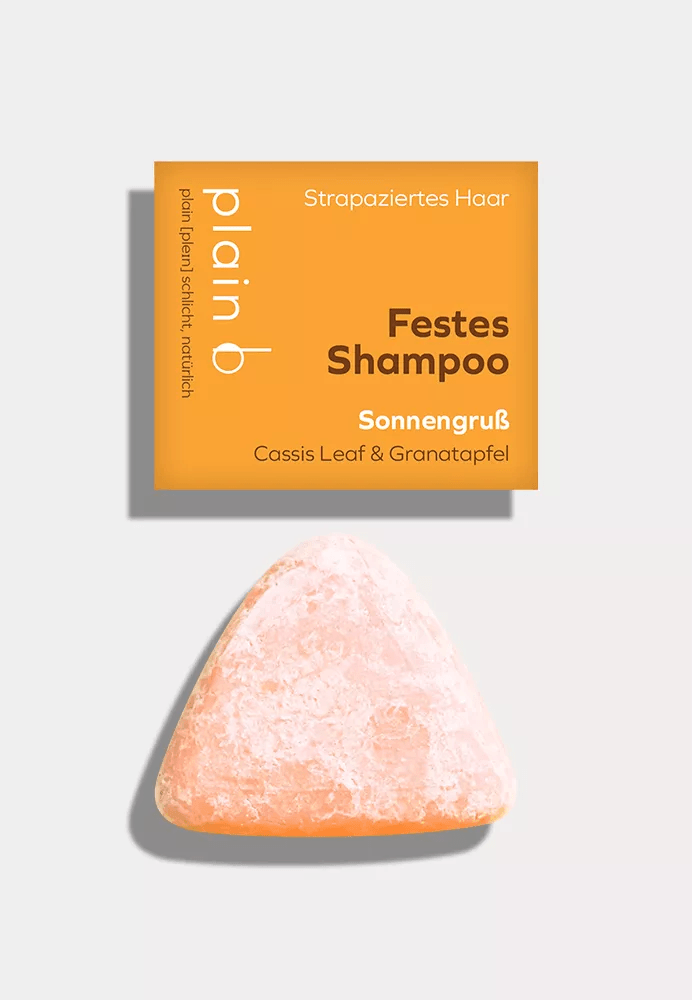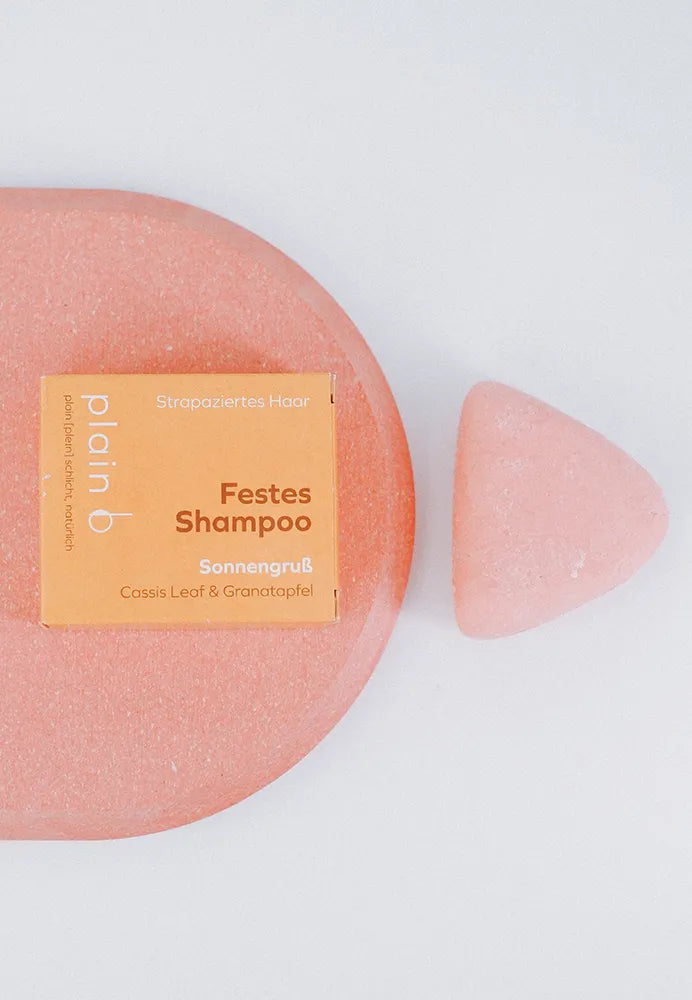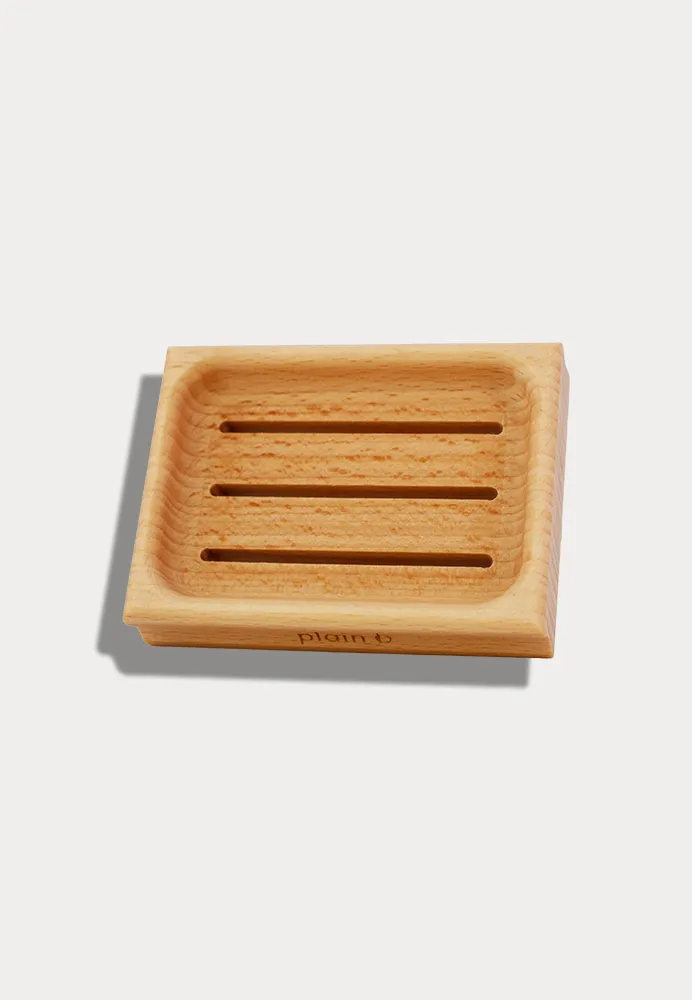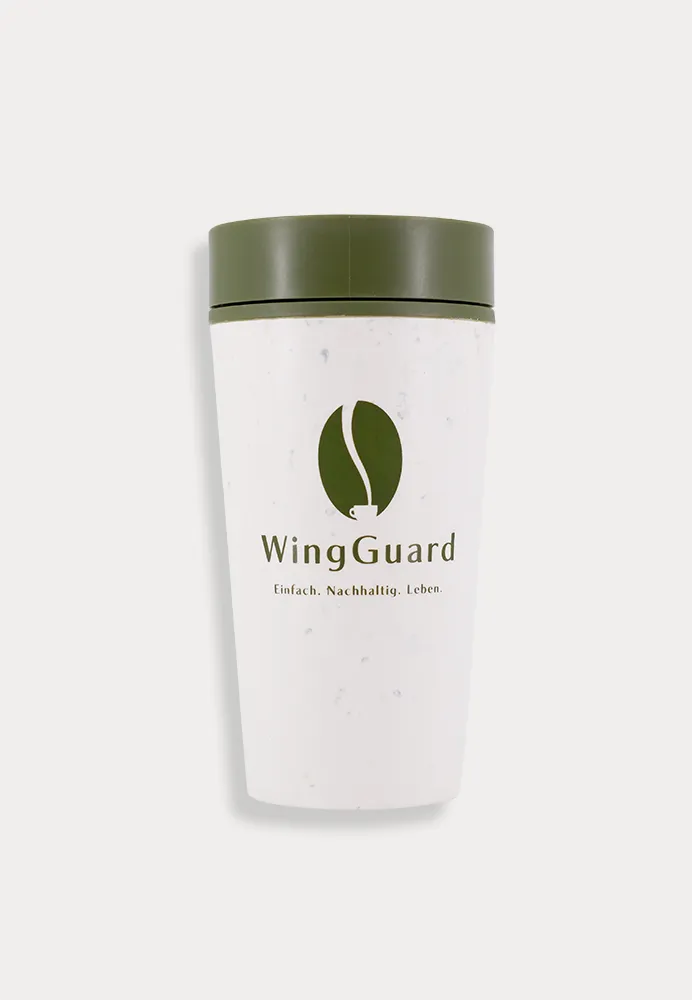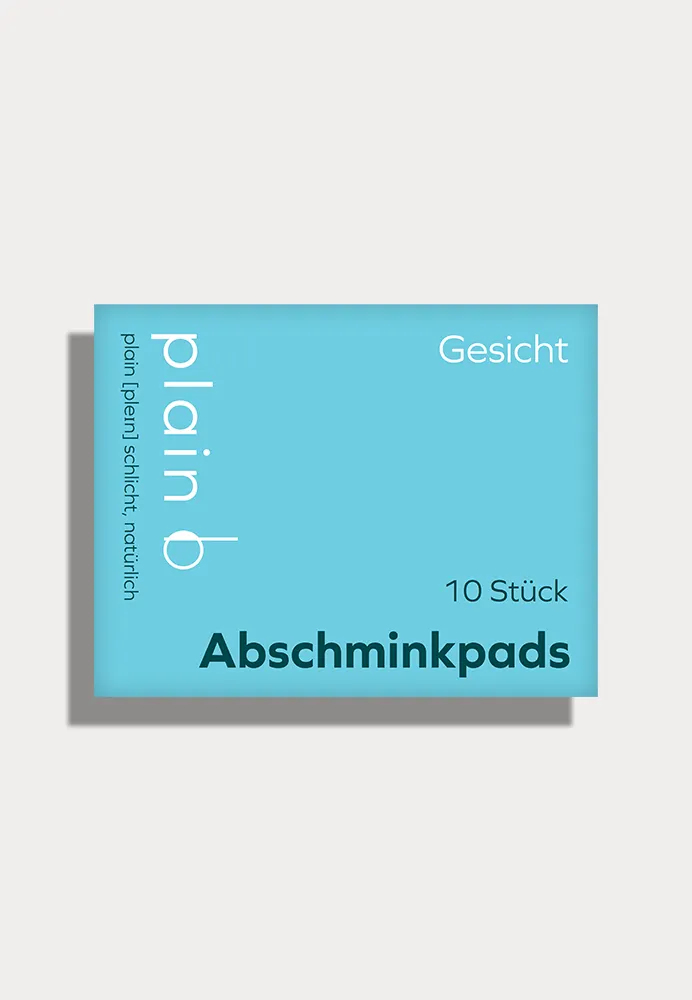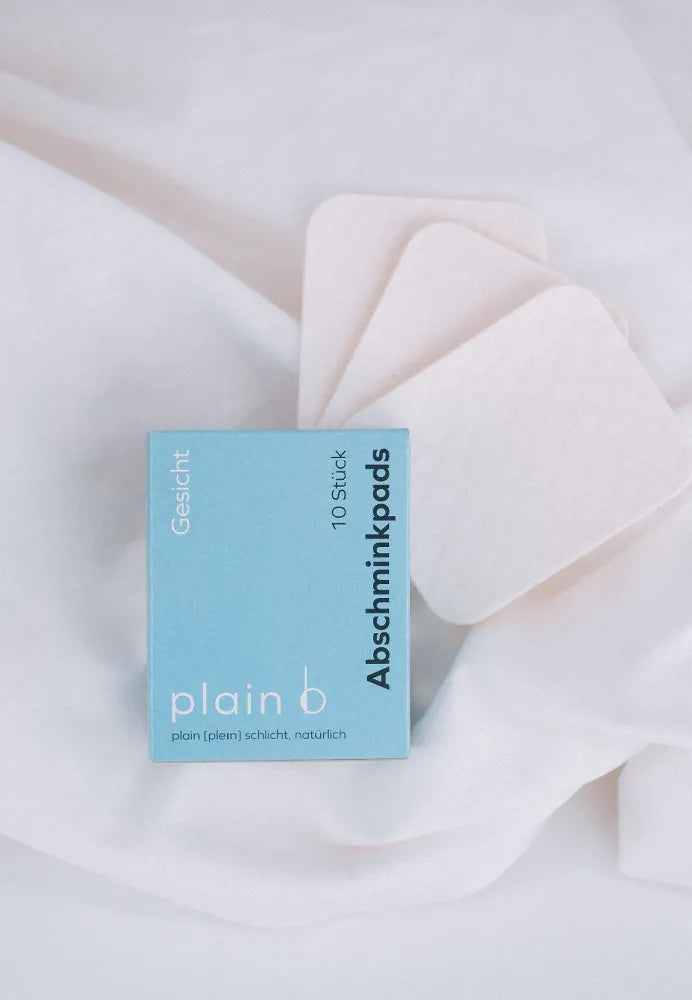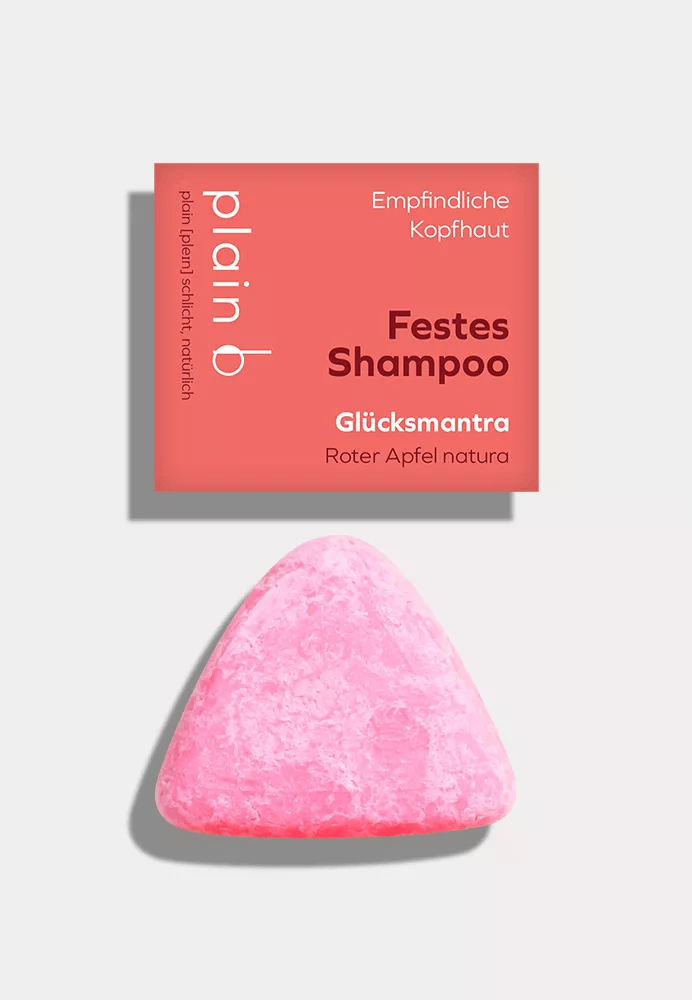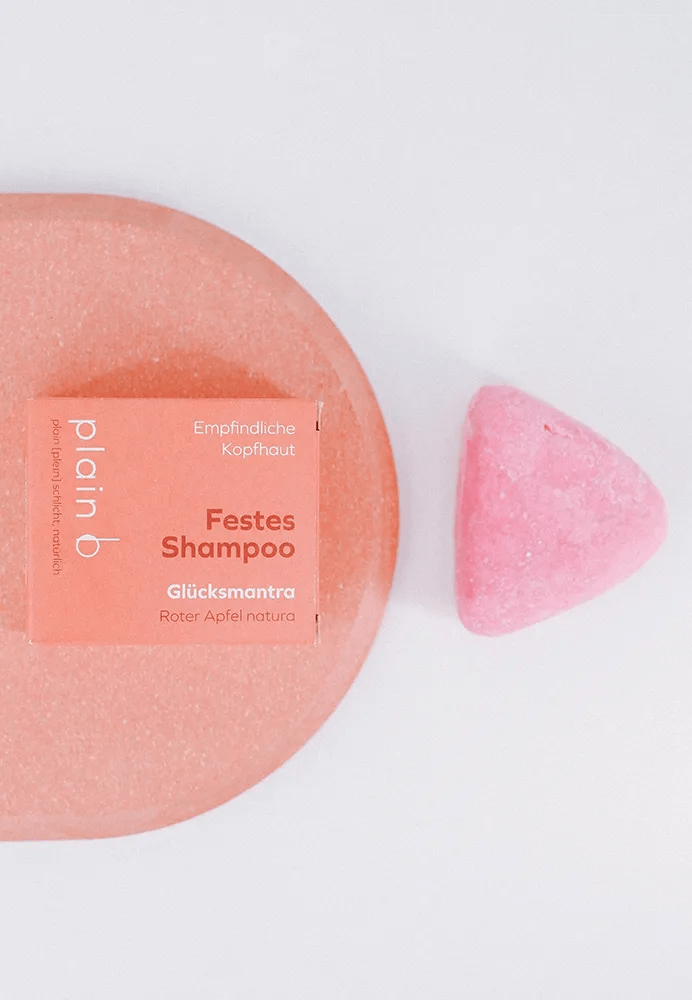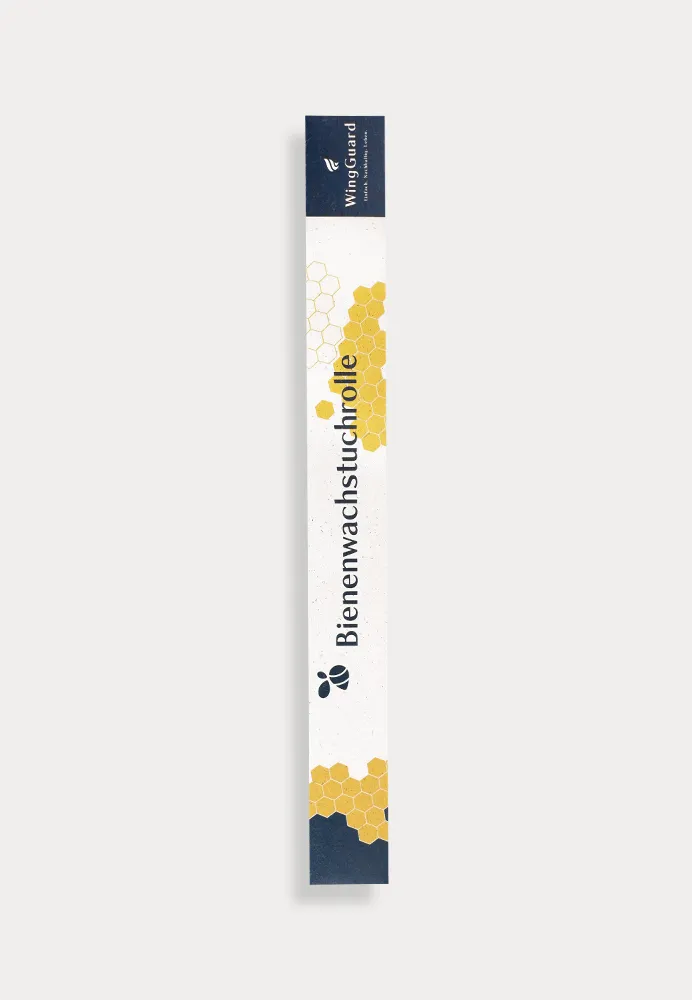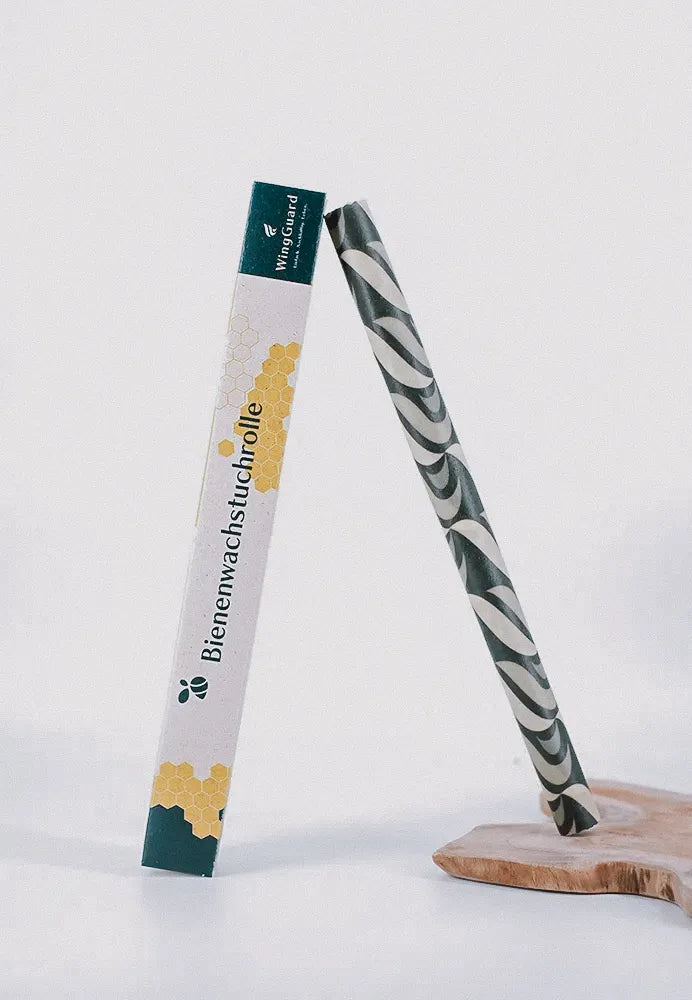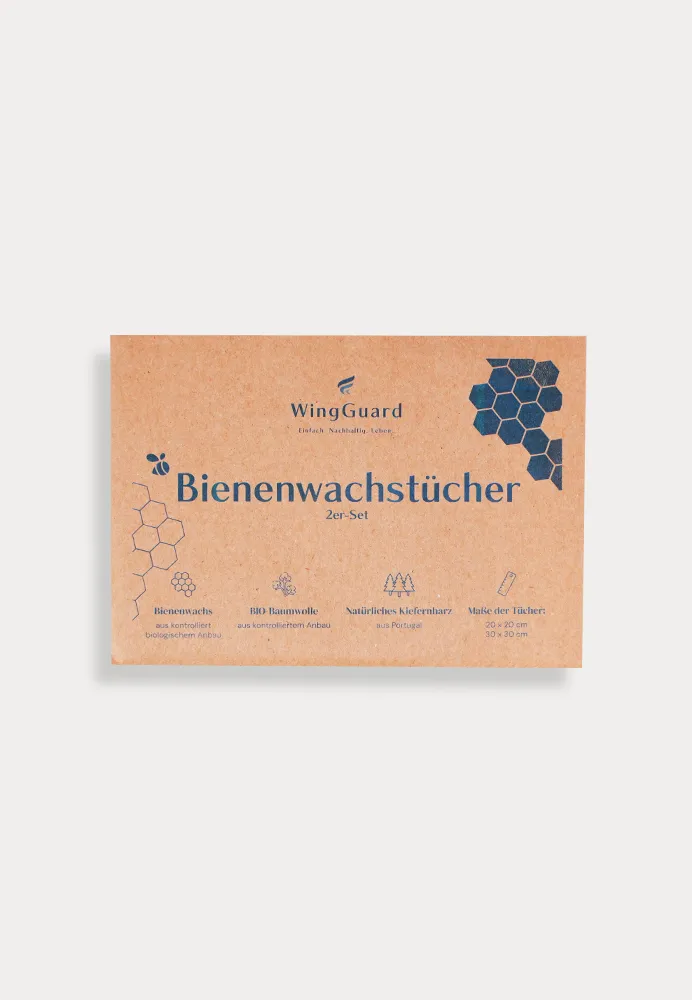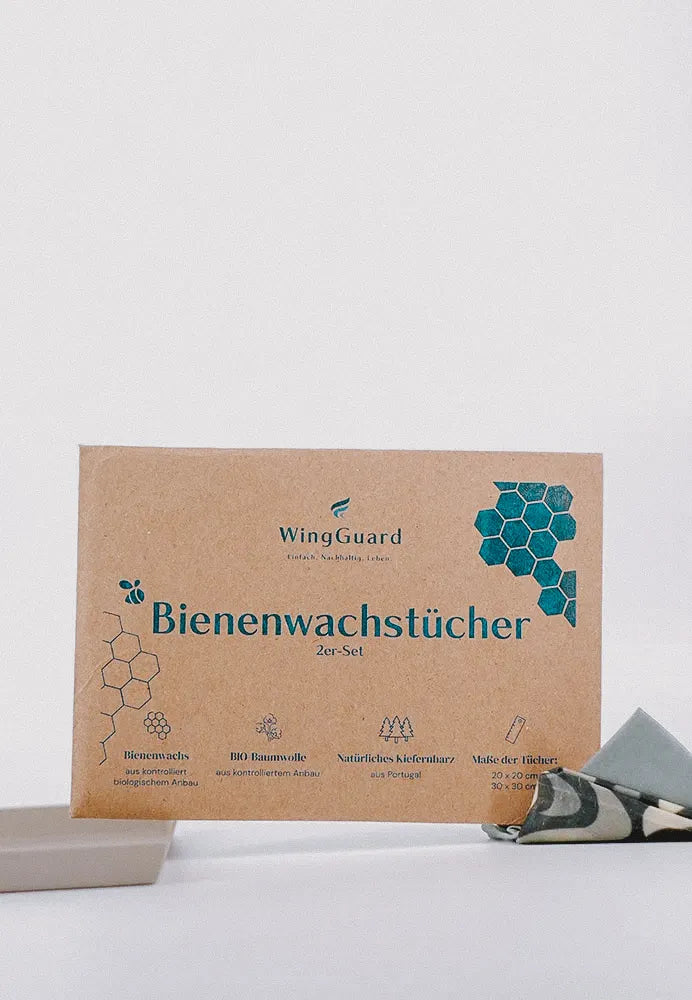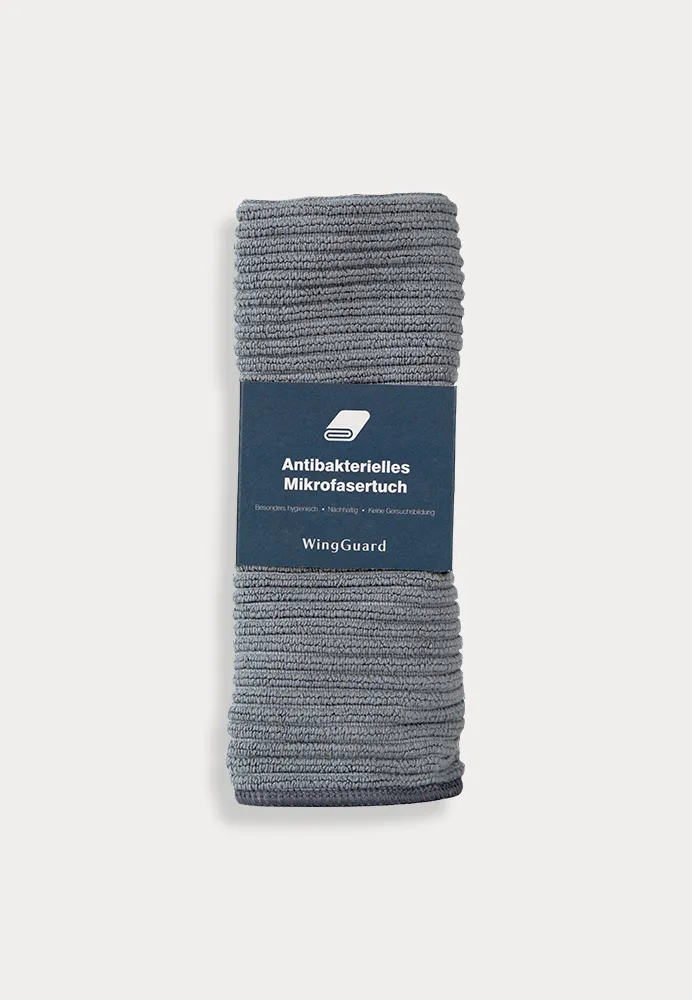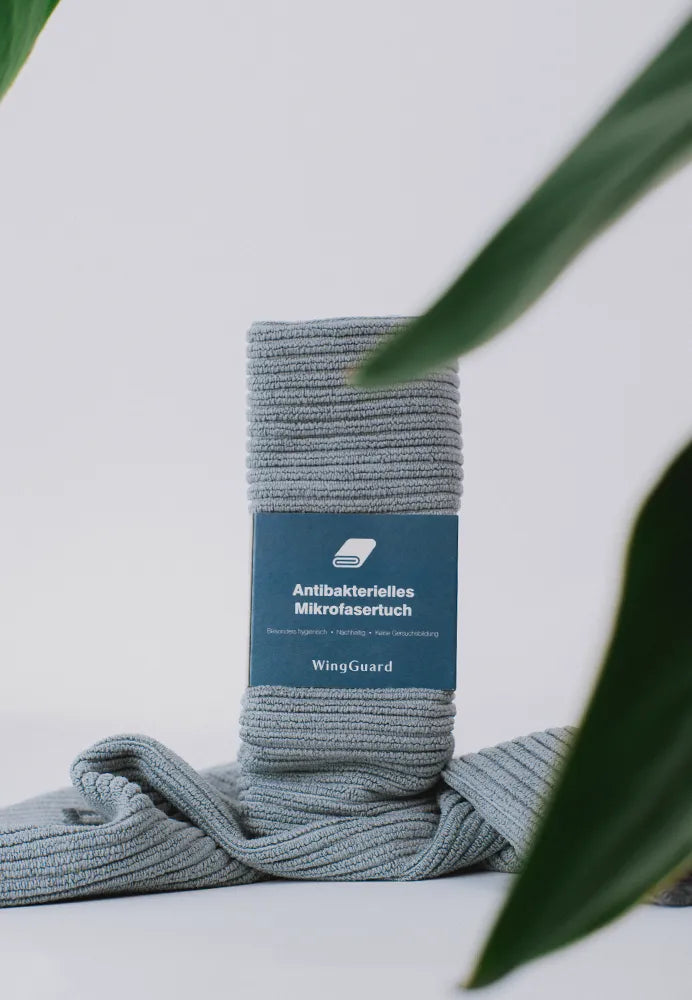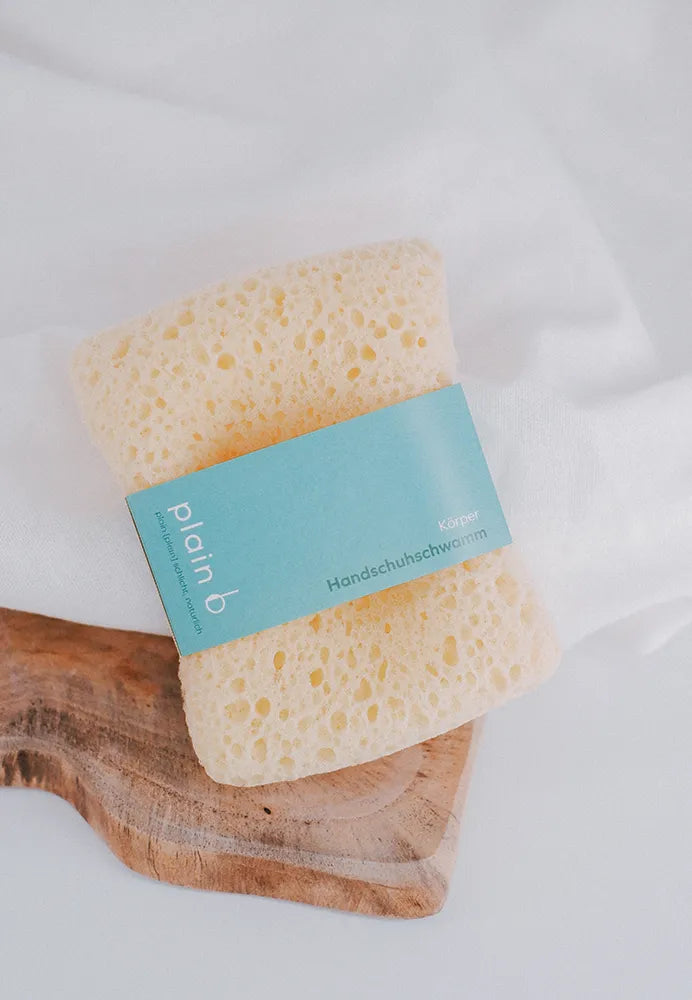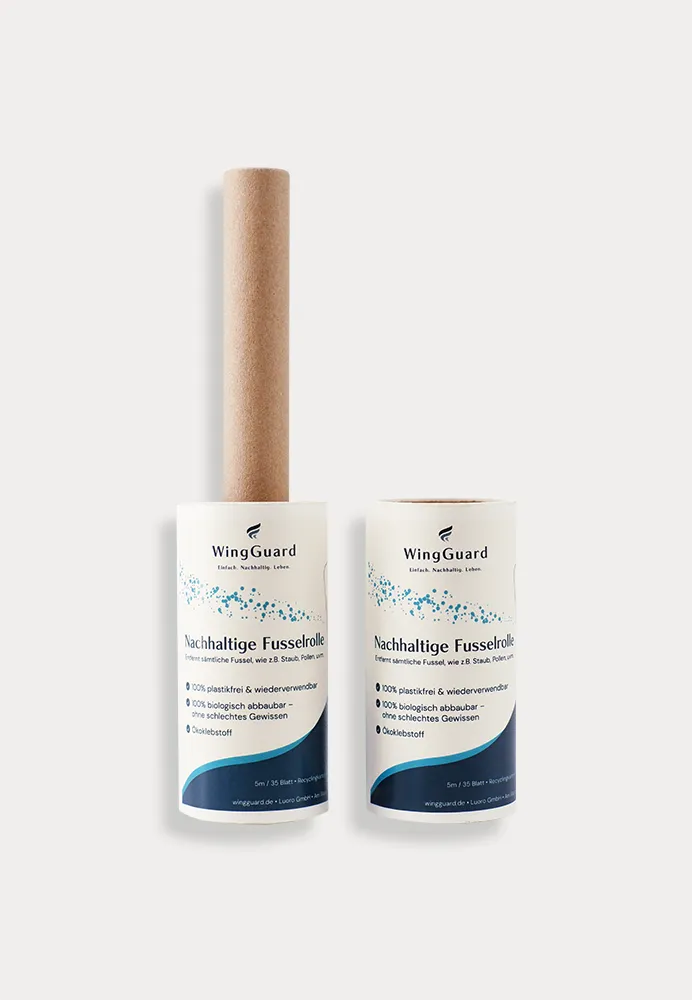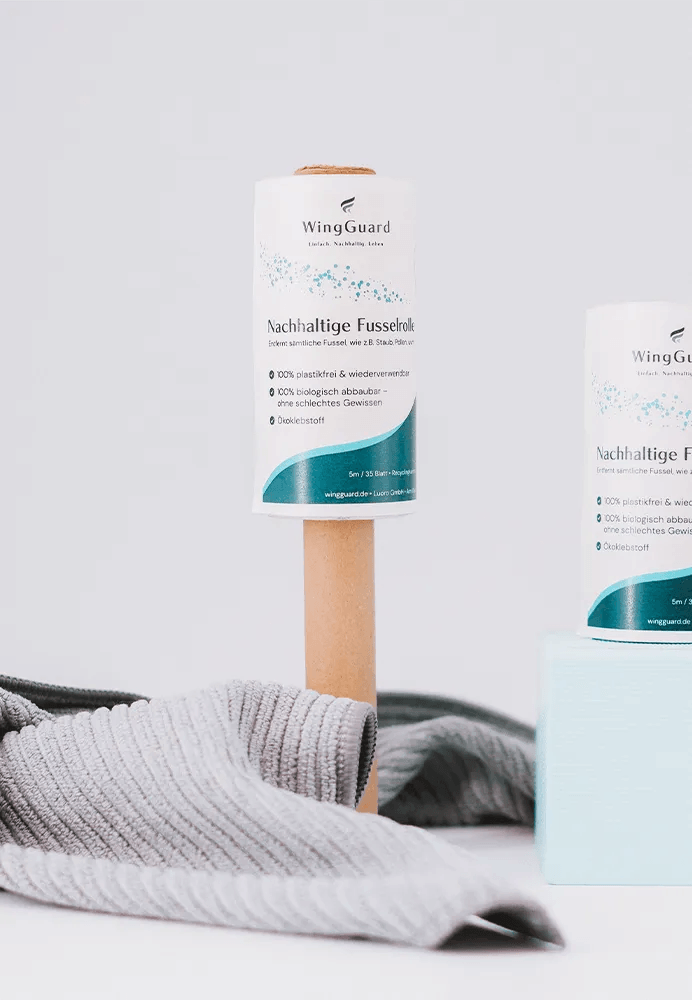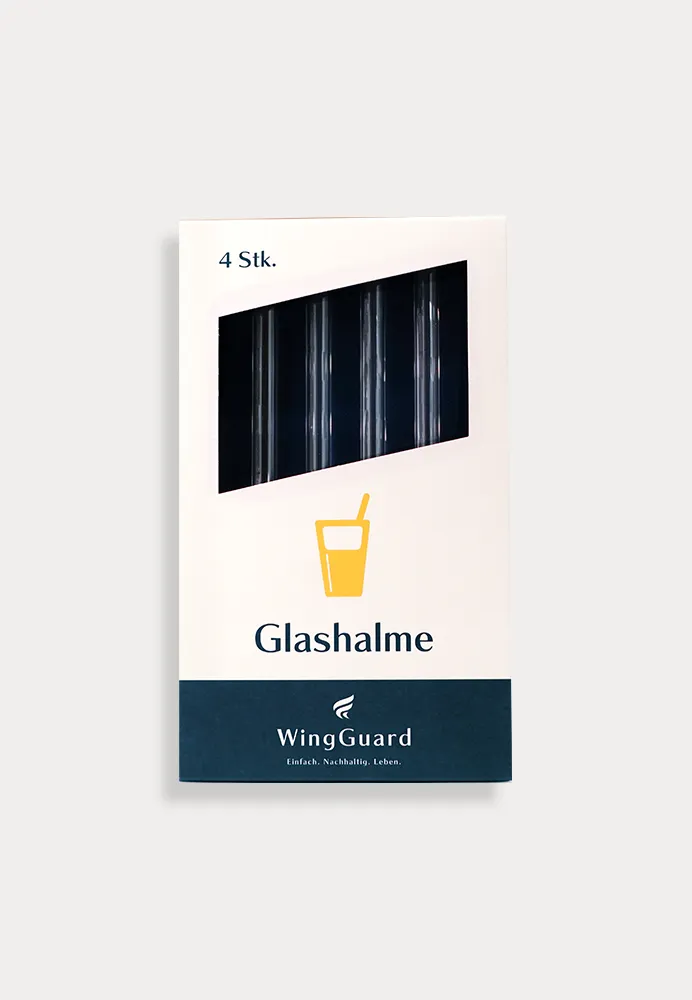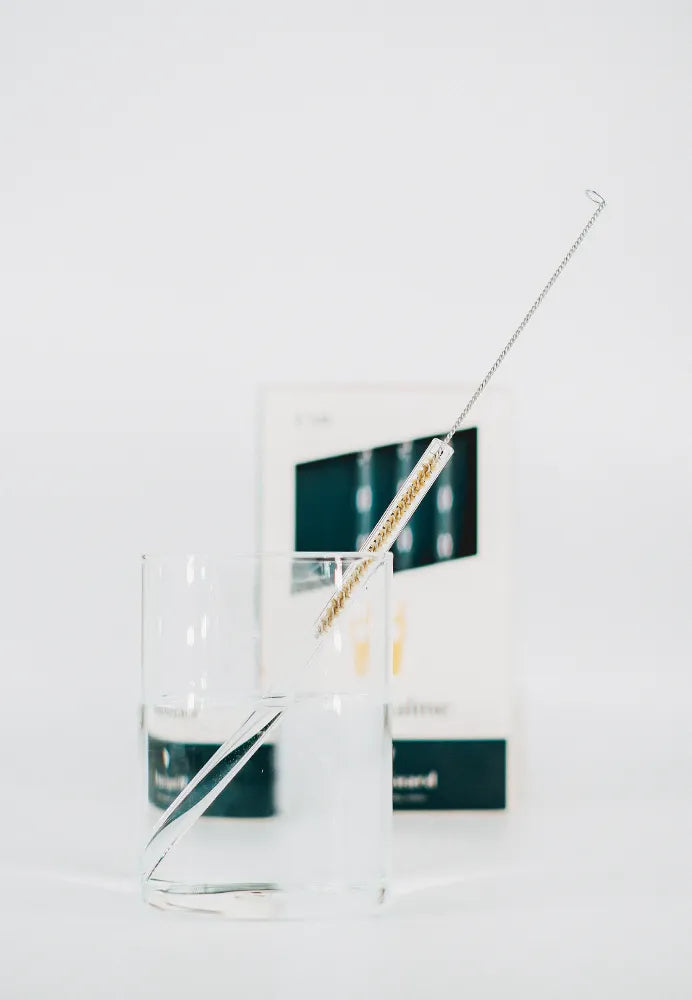Children's skin is sensitive and extremely in need of protection. We summarize for you why it needs different care than adult skin and why sustainable, natural care products are particularly suitable for babies and children.
The skin is the largest organ in our body. It not only protects us from external influences, but also regulates our body temperature and perceives a variety of sensory impressions. But skin is not just skin. The skin of children and babies differs from that of an adult in many respects.

How does children's skin develop?
After birth, the pH value of baby skin is around 6.5, which means it is almost neutral and does not yet have an acidic protective layer. This only develops gradually when the metabolism of the skin cells and the production of sebum begins. This slowly lowers the pH of the skin to 5.5, approaching the value of adult skin. Until then, the baby is not sufficiently protected from harmful microorganisms. The skin is only fully developed in terms of its protective acid mantle from around the age of six.
It only achieves its full protective function at around twelve years of age. Before that, it is almost five times thinner than that of adults and does not have a uniform thickness in order to be able to protect the subcutaneous tissue underneath from all external influences. For this reason, the skin of babies and children reacts more sensitively to environmental influences, UV radiation or irritating substances.
Last but not least, the surface area of children's skin is significantly larger in relation to body weight than that of adults and their epidermis has a higher water content. This ensures that the skin of babies and children tends to dry out and cool down more often. Proper care and early treatment of skin reactions is therefore the be-all and end-all when it comes to children’s sensitive skin.

What should be considered when it comes to skin care?
In general: less is more. Both in terms of care and ingredients. Normally, baby and children's skin, for example, does not need greasy creams. These should primarily be used as protection against the cold, i.e. before an autumn walk or as preparation for a snowball fight. In everyday life, a baby body lotion or a gentle skin lotion is sufficient to keep the skin soft and healthy. It is applied sparingly after bathing or showering and as needed.
As far as the ingredients of creams, shower care and other baby and child products are concerned, they should not contain any mineral oils, synthetic colours, fragrances and preservatives or microplastics. They can evoke different reactions. Here is a small overview:
- Harsh foaming agents (SLES) and allergens found in some essential oils or synthetics can irritate or dry skin.
- Mineral oils, such as paraffin and petroleum jelly, are substances that can clog the skin.
- Parabens (paraben, PEG) and synthetic preservatives (phenoxyethanol) can disrupt hormonal balance.
- Also to be considered: Substances that can potentially be harmful to nature, such as plastics, microplastics and ingredients in chemical UV filters (oxybenzone, octinoxate, octocrylene).
This is where natural cosmetics can score, because they contain ingredients based on medicinal plants, vegetable fats or beeswax. They are particularly mild and tailored to specific needs.

What helps with irritated children's skin?
To prevent skin irritation and wound formation, you can choose ingredients that are really good for the child.
Almond oil, for example, is a typical massage oil that has soothing properties and should definitely be preheated to increase its beneficial effect. But almond oil and co. are also welcome as an ingredient in shower oils and washing lotions. They prevent drying out during washing and return nourishing oils to sensitive skin. Avocado oil also nourishes the skin and has ingredients similar to human skin fats.
For irritated skin and minor abrasions, wound protection creams with calendula, i.e. marigold, are a good choice. They soothe sore and slightly injured skin and support the healing process. Some products also contain beeswax or wool wax. These natural ingredients make dry skin supple again and protect against moisture loss.
With a sore baby's buttocks, the damp environment under the diaper is to blame for the skin quickly becoming irritated. This is where it swells and becomes susceptible to infection and inflammation. An ointment with zinc oxide not only has a calming and cooling effect, but also supports healing and helps to dry weeping spots. It also serves as a protective layer that keeps new moisture away from the skin. If you don't have zinc oxide on hand, you can also use chamomile. It soothes the skin and is therefore often not only used in diaper creams.
Incidentally, zinc oxide is also a great, natural UV filter. Sunscreens with a UV filter based on zinc oxide reflect the sun's rays through a layer on the skin instead of the cream being absorbed by the skin. The risk of a skin reaction is therefore lower and nature is protected at the same time.
Finally, it should be said that - even if you have to deal with many new tasks as a parent and it seems as if you have to pay attention to every detail - natural baby care is still quite simple. Don't let yourself be unsettled. A lot of things, such as changing diapers, bathing, creams or massaging, become established over time and become routine.

